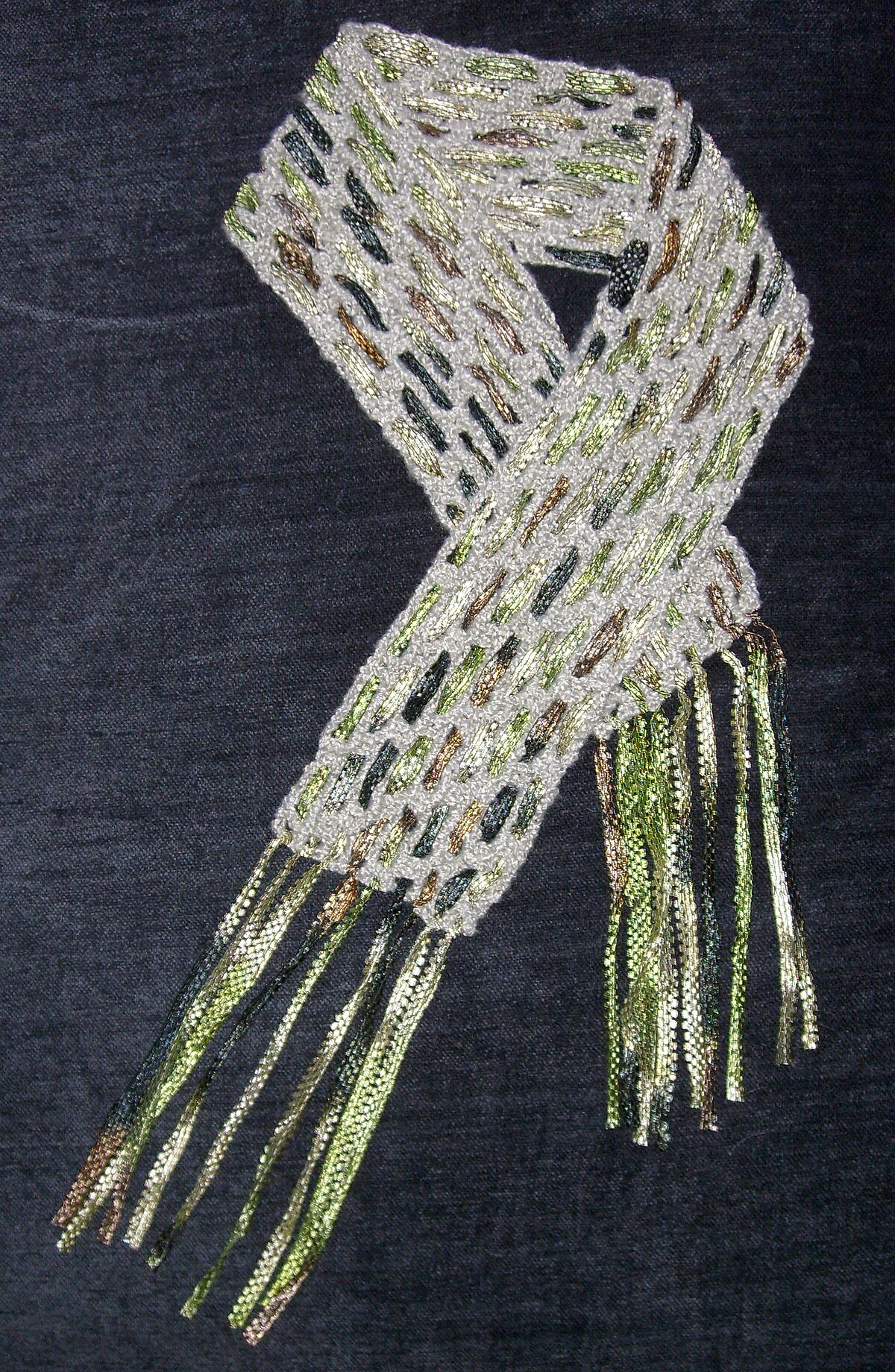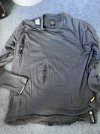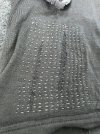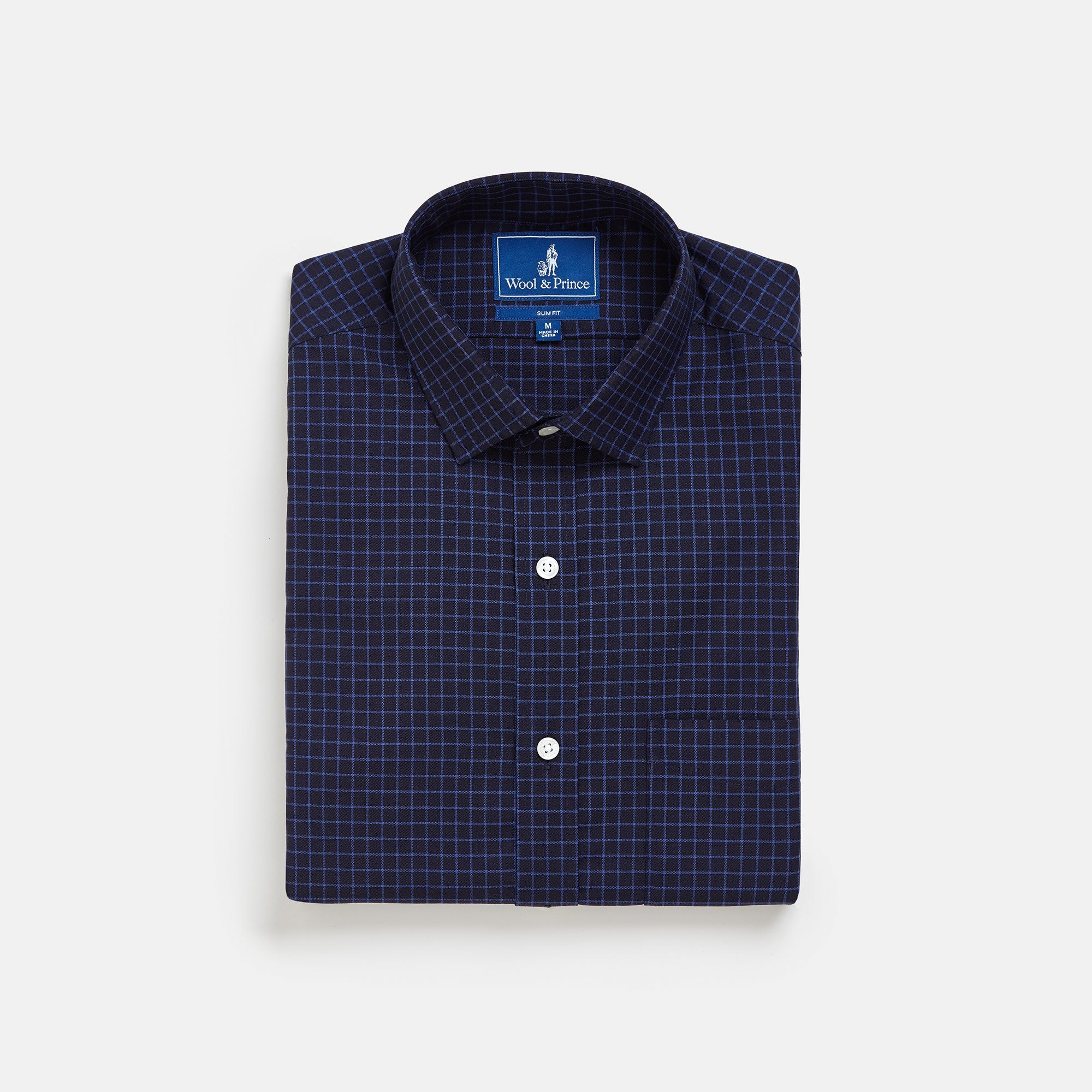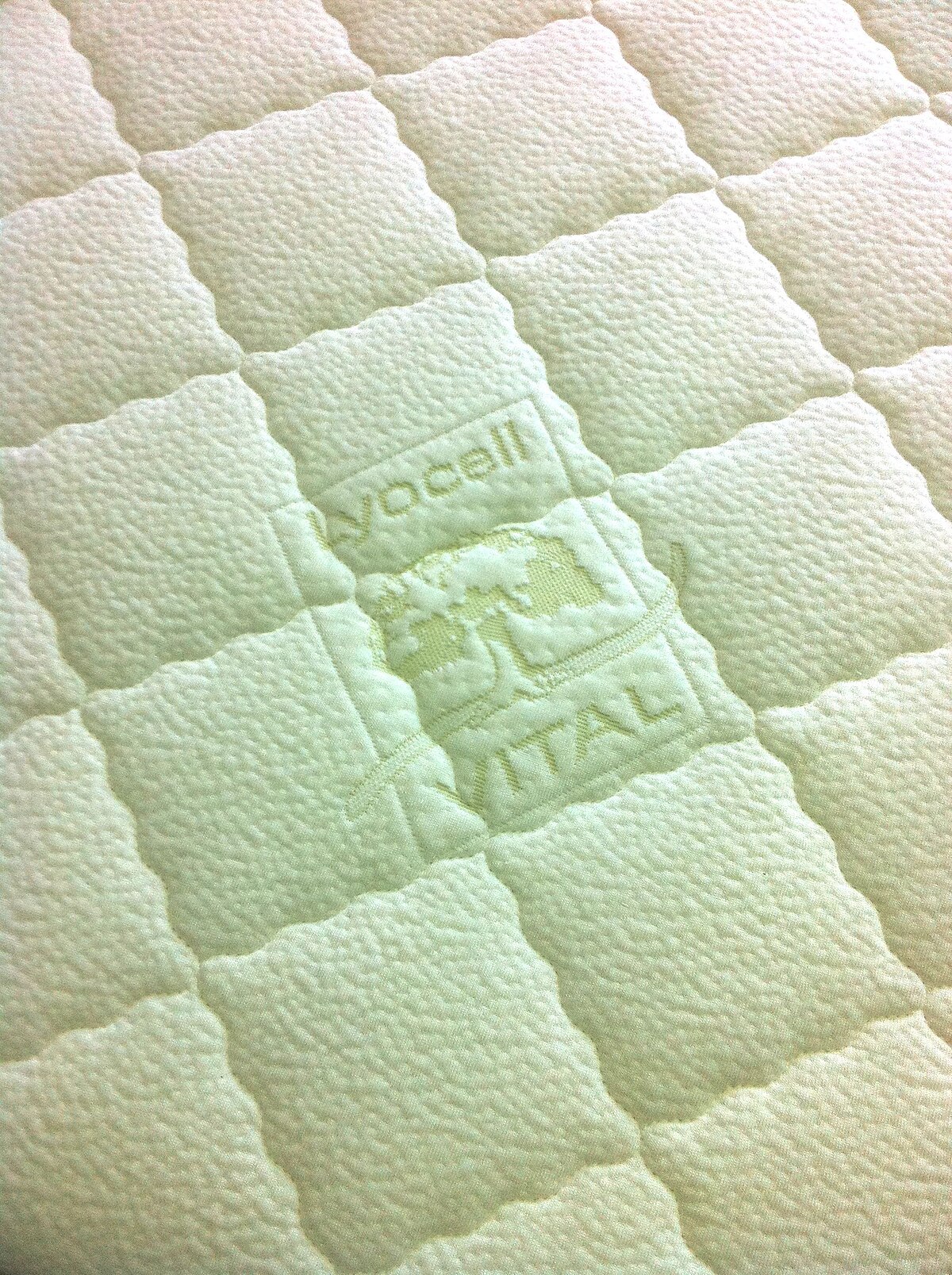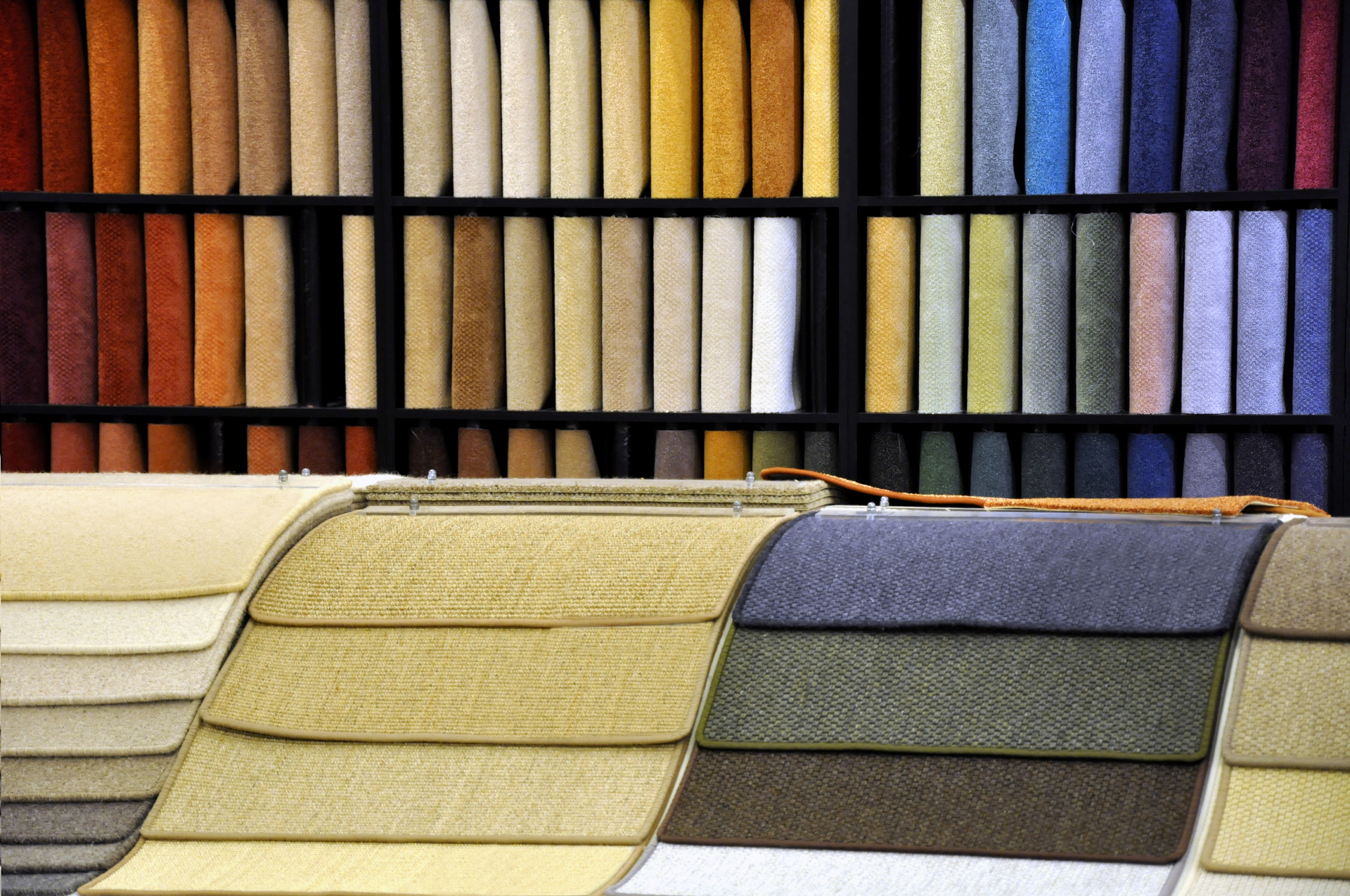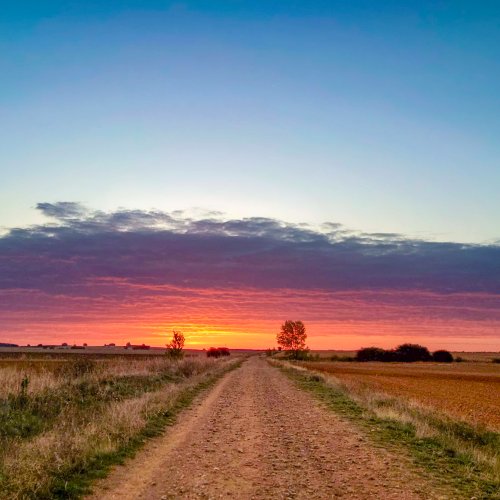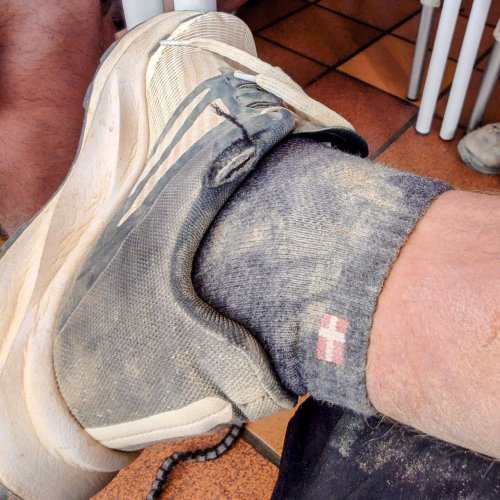- Time of past OR future Camino
- Frances 2022
After becoming fed up with the durability issues of my Icebreaker Merino under-layers, I was looking at bamboo/poly or bamboo/cotton blends.
Wondering if anybody has used this material and can comment on odor control, drying times, durability, or anything else you have to say.
I was looking at both short and long-sleeved T-shirts. And if I can find some, under-layer bottoms.
Comment Synopsis: after getting many comments below, it seems many people think bamboo dries much too slowly. There are also some questions about how badly the bamboo viscose manufacturing process pollutes.
There's a similar product to the viscose rayon, also made from bamboo or other woody cellulose plants, with a less polluting manufacturing process called, generically, Lyocell (a common brand name is Tencel). But it's unclear to me whether this product is durable or dries fast.
Most people say they still prefer Merino. Several people mentioned that they think that the icebreaker brand makes especially fragile Merino garments.
I've decided that I can't trust Merino because of its fragility, and am going to use polyester infused with odor-resistant technology. My day-to-day base layer is polyester and costs less then $20 in the US. After wearing it for a week, while it did smell a little bit, it didn't seem that bad.
The brand I use is Russell. Other similar slightly more expensive polyester brands using odor-resistant technology are Under Armour in the US and Rohan in the UK.
Wondering if anybody has used this material and can comment on odor control, drying times, durability, or anything else you have to say.
I was looking at both short and long-sleeved T-shirts. And if I can find some, under-layer bottoms.
Comment Synopsis: after getting many comments below, it seems many people think bamboo dries much too slowly. There are also some questions about how badly the bamboo viscose manufacturing process pollutes.
There's a similar product to the viscose rayon, also made from bamboo or other woody cellulose plants, with a less polluting manufacturing process called, generically, Lyocell (a common brand name is Tencel). But it's unclear to me whether this product is durable or dries fast.
Most people say they still prefer Merino. Several people mentioned that they think that the icebreaker brand makes especially fragile Merino garments.
I've decided that I can't trust Merino because of its fragility, and am going to use polyester infused with odor-resistant technology. My day-to-day base layer is polyester and costs less then $20 in the US. After wearing it for a week, while it did smell a little bit, it didn't seem that bad.
The brand I use is Russell. Other similar slightly more expensive polyester brands using odor-resistant technology are Under Armour in the US and Rohan in the UK.
Last edited:



